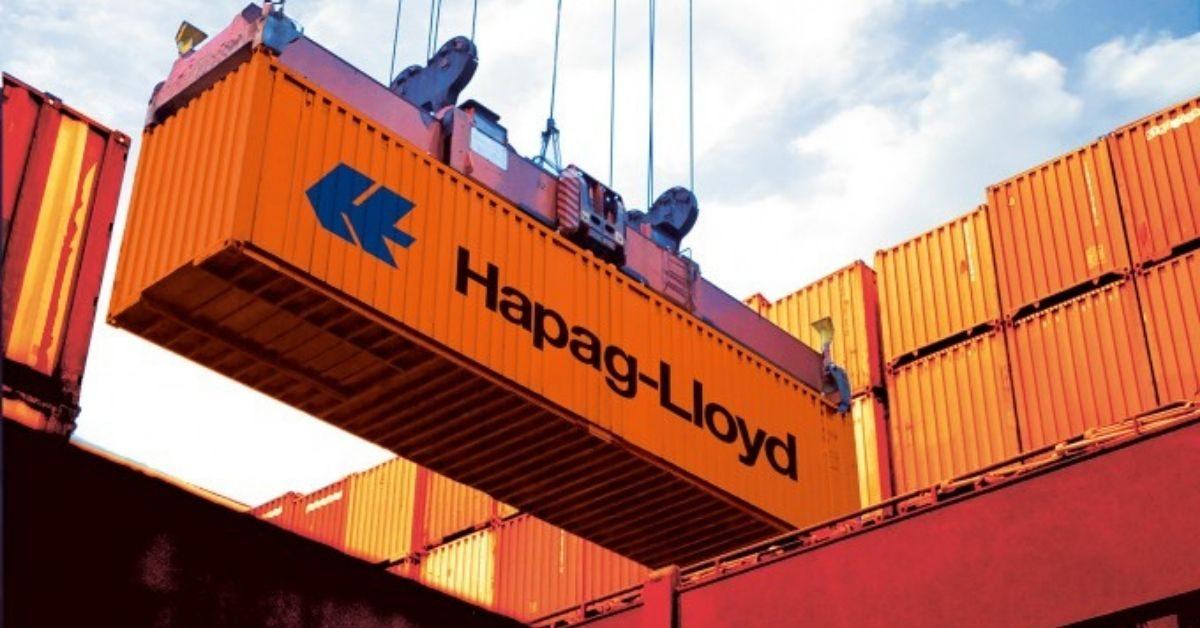Source: Global Trade Magazine
Hapag-Lloyd reported a significant drop in 2023 net profit. Shipping rates were at untenable levels during the last quarter of 2023, and the Red Sea crisis further exacerbated the entire industry. Trade continues to be diverted, and while rates are beginning to decline, Asia to West Coast port rates are up 155% year-to-date, and Asia to East Coast ports have increased 129% year-to-date.
Another issue Jansen touched on was the increase in carbon dioxide emissions as a result of Red Sea diversions. Hapag-Lloyd is aiming for net-zero carbon by 2045, but according to Sea-Intelligence, diversions will likely increase emissions by 260% – 354%. The industry at large has added nearly 5% in vessel capacity to neutralize delays, and sailing faster has also augmented capacity by an additional 8% – 10%.
A big reason, however, why Jansen remains bullish is the new alliance Hapag-Lloyd has formed with Maersk. The two shipping giants announced the Gemini alliance earlier this year and once in place, the alliance is slated to achieve greater than 90% of schedule reliability. Compared with global reliability in the 51.6% range, the upgrade would be a noteworthy improvement.
Jansen explained that the alliance rests on the use of a spoke and hub system. Common in the larger transportation sector, the spoke and hub system is a distribution network akin to a bicycle wheel. The hub rests in the middle, and the spokes are the carriers (trucks, planes, or ships). The network is more elastic than traditional end-to-end networks, and Hapag-Lloyd and Maersk believe this model will propel them to 90% schedule reliability.
Speaking of reliability, the 2M alliance between Maersk and MSC will be discontinued in 2025, according to Maersk. Reliability was a driving factor in Maersk seeking out Hapag-Lloyd as a partner, where the efficient turning of containers ensures freight is moved in the most systematic manner possible. Delayed shipments slow the process, whereas increased efficiency would result in appreciable container utilization.







